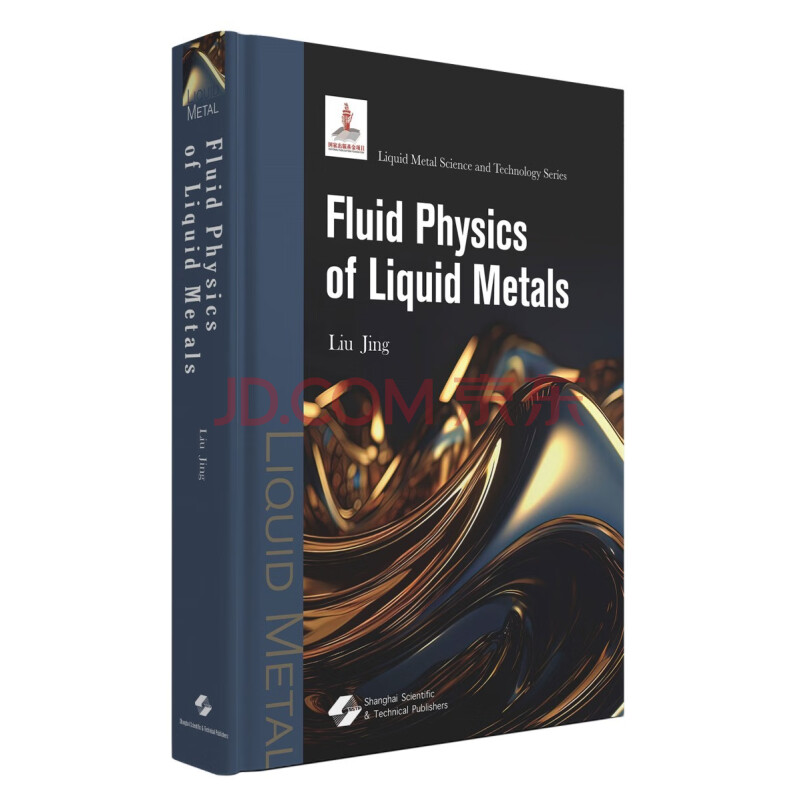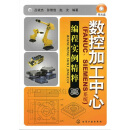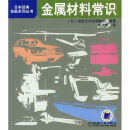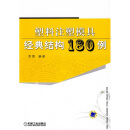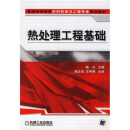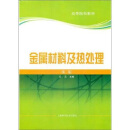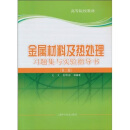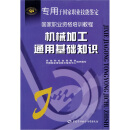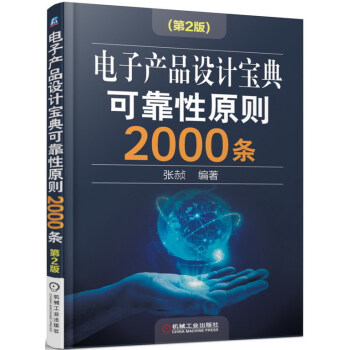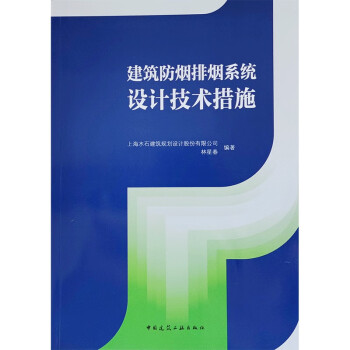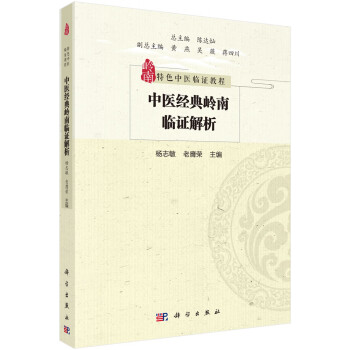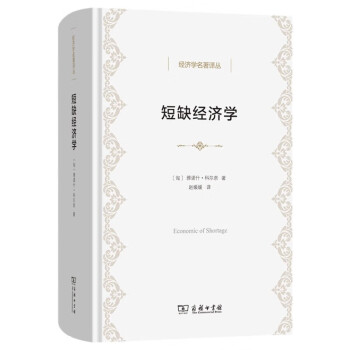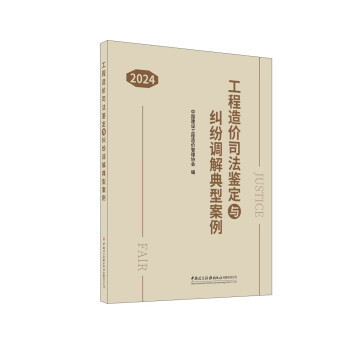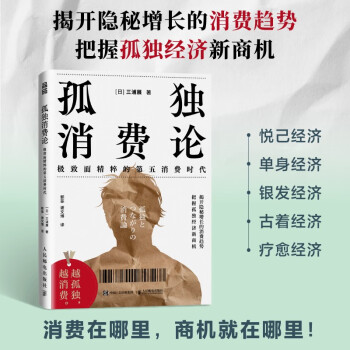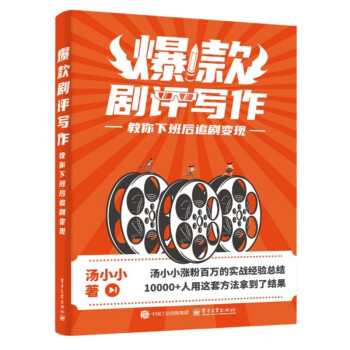内容简介
本书系统总结液态金属流体物理学前沿上近年来取得的代表性基础发现和重要进展,内容涉及液态金属流体物质、液态金属流体动力学及控制、电/磁/化学场作用下的非常规流体物理学以及液态金属流体机器及动力系统、全液态电子学等方面。本书可望丰富和发展液态金属与流体科学、物理学理论与技术体系,促成崭新概念的应用。
目录


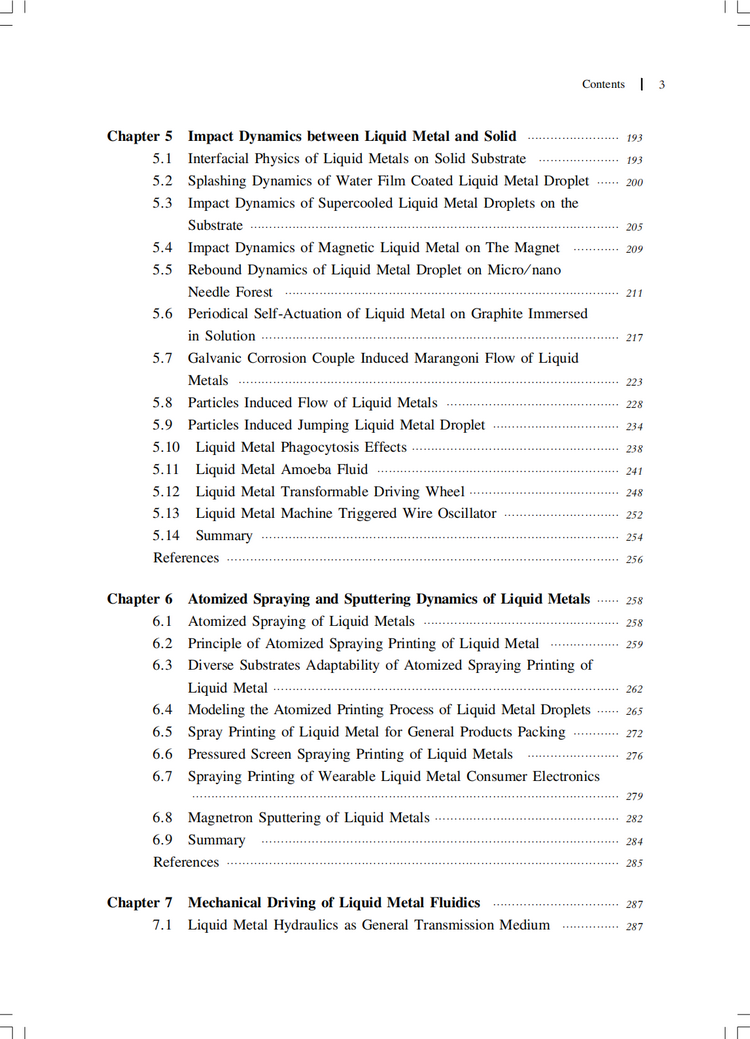




前言/序言
With many unconventional characteristics,liquid metal fluids are increasinglypenetrating into diverse frontier disciplines among science and engineering.In thefields of intelligent fluid,soft robotic and dynamic systems,liquid metal has broughtabout tremendous opportunities and conceptual innovations for the society.A series ofunique fluidic science phenomena and effects of liquid metals are being keptdiscovered in recent years which significantly refreshed people's basic understanding ofthe classical fluidics and matters.Facing such situations,it is now a good time tosummarize and present an overview of liquid metal fluidic physics so as to help betterpromote the research and development of this cutting-edge frontier.
This book starts from the introduction about the fluidic types,unique behaviors of liquid metals compared with conventional liquids as well as their typical applications.Then the physical and chemical properties of liquid metal fluids,the mechanisms lyingbehind and the technical ways to manipulate them will be interpreted.As importantfluidic issues,interfacial physics of liquid metals are particularly discussed regardingtheir impact dynamics with other solutions and solid substrates.Delivery and depositionof liquid metals imply important technology.For practical illustration,the atomizedspraying and sputtering dynamics of liquid metal fluidics will be presented.With highelectrical conductivity over existing fluids,liquid metals can be driven by manydifferent ways such as mechanical,thermal,electrical,magnetic and electromagneticmethodologies.The major fluidic physics and principles following these ways will beillustrated.Finally,a group of unconventional fluidic issues of liquid metals are to beoutlined which covers the liquid metal serpentine flow,the fluid dynamics of self-powered liquid metal machines or motors,surface wave fluidics of liquid metals.Along with the fundamental discussion over the whole book,potential applications ofliquid metal fluidic physics will also be explained.Important clues to incubate newphysics and future prospect in the area will be pointed out.
The main contents contained in this book is a collection of our many formerresearches and collaborators.Since the beginning of this century,the present lab hasbeen working on the liquid metal fluidic issues with the earliest trial put on liquidmetal cooling,and then liquid metal additive manufacture until later liquid metalbiomedicine and soft robotics.Over more than 20 years,our faculties,postdoctoralresearch fellows,graduate students and collaborators have significantly contributed to the tremendous fundamental findings and technological advancements that stimulatedthe formation of the liquid metal fluid physics.Many of these typical works have beenincorporated into current book whenever necessary.The author would like to take thisopportunity to express his sincere appreciations to all of the contributors who includebut are not limited to:Dr.Sheng Lei,Dr.Zhang Jie,Dr.Ding Yujie,Dr.Zhao Xi,Dr.Yao Youyou,Dr.Tang Jianbo,Dr.Hu Liang,Dr.Li Haiyan,Dr.DengYueguang,Dr.Yang Xiaohu,Dr.Zhang Xudong,Dr.Chen Sen,Dr.Wang Qian,Dr.Wang Lei,Mr.Li Dongdong,Dr.Liu Guilin,Ms.Zhang Qin,Mr.Zheng Yi,Dr.Yuan Bin,Dr.Tan Sicong,Dr.Hu Liang,Mr.Qiao Mengwen,Mr.Li Nan,Prof.He Zhizhu,Dr.Fu Junheng,Dr.Yuan Bo,Dr.Yu Yang,Ms.Zhou Yingxin,Dr.Ye Jiao,Mr.Li Peipei,Dr.Zhang Chenglin,Dr.Yuan Zhiping,Mr.Li Teng,Ms.Gui Han,Ms.Ren Yi,Dr.Gao Jianye,Mr.Jiang Muzhi,Dr.Duan Liangfei,Dr.Wang Hongzhang,Dr.Duan Minghui,Dr.Jin Chao,Ms.Li Jingyi,Dr.YangYang,and Prof.Deng Zhongshan et al.Meanwhile,I also wish to thank the fundingsupport from the National Publication Foundation.Finally,but not lastly,I wouldespecially wish to express my most sincere appreciation to Ms.Bao Huifang fromShanghai Scientific &Technical Publishers.Without her continuous help,encouragement,and support,this book would not come into being.
I hope this book could serve as a basic start

